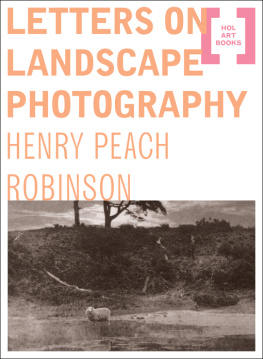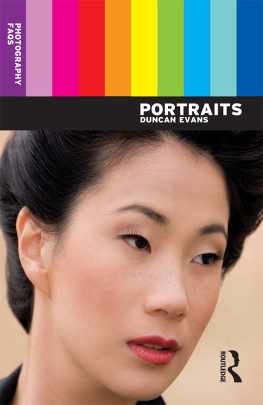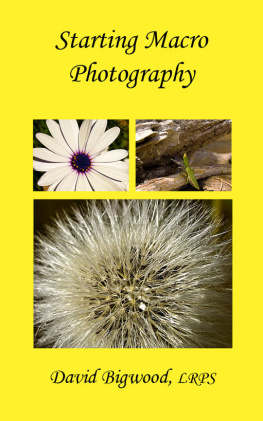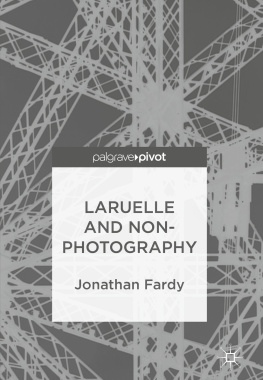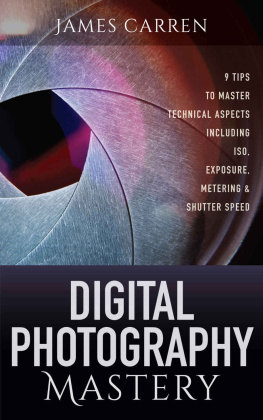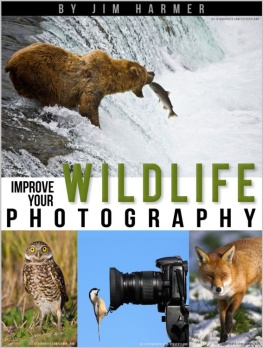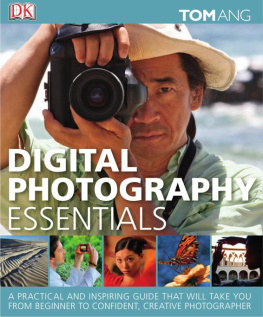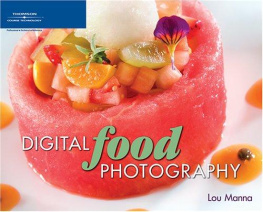About this Book
Working at the end of the Nineteenth Century, photographer Henry Peach Robinson was best known for his zealous use of combination printingcreating a single image from multiple negatives. He was also an accomplished writer and this short book from 1888 (originally published as individual columns in The Photographic Times the year prior) remains one of his most endearing. In practical instruction and personal anecdote, it extols his belief that capturing the natural beauty of the landscape required the helping hand of props, costumed models, and a spare negative or two. Popular upon its original publication, in todays era of easy, continuous, and nearly limitless digital manipulation, this century-old text resonates again.
As the original publisher put it: [These letters] are not intended to point out a royal road to art, but rather to act as a stimulus to activity in the search for subjects for the camera, and to teach how readiness of resource may help good fortune in turning them into agreeable pictures.
We hope youll enjoy this e-book edition from Hol Art Books. Following the text, you'll find:
- about the author
- for further exploration
- and art to see
- A , and more
Good reading!
Henry Peach Robinson
The following was written by the editors of "The Photographic Times, and American Photographer" and published in Vol. XVIL, No. 307.
The subject of our sketchand the original of the admirable portrait which appears in this number of the Photographic Timeswas born at Ludlow, a pleasant little town in Shropshire, England, in 1830. Here Milton wrote Comus and Butler Hudibras; and many artists will be found to agree with Mr. Robinsons fond dictum, that it is the most beautiful spot in England.
The genus loci must have had a favorable influence on Robinson; for while yet quite a lad he contributed articles and sketches to the Journal of the Archceological Society and to the Illustrated London News. He studied art diligently, and before he came of age was an exhibitor of paintings at the Royal Academy in London; no mean honor for one so young, especially when we know that he had also devoted much time to etching, to sculpture, and to literature. It may fairly be said that to the artistic training which he enjoyed during this early period of his life, a large part of his subsequent success has been due.
It was at the age of twenty-two that Robinson commenced to work at photography. At that time (1852) Archers new collodion process was battling for supremacy with the older methods of calotype and daguerreotype, which it soon extensively succeeded in displacing. Great were then the difficulties of the photographer! Struggling with unknown and unstudied conditions, a knowledge of chemistry, of optics, and even of carpentry were essential to complete success. Impure chemicals, faulty lenses, absence of books of reference, absence of photographic journalsthese were but a few of the difficulties to be met with. But Robinson overcame them all, and in 1857 he had established a studio at Leamingtonan inland watering place, pleasantly situated almost in the center of Englandfrom which a series of works were to issue which should render his name famous. For the artist had formed the high resolve to produce every year at least one picture with the sole object of showing the pictorial capacity of the photographic art. His first effortexhibited in 1858was Fading Away a picture which excited much discussion as to the legitimacy of treating such a subject by photography; as to whether the principal model was really a dying girl; as to the propriety of using such a model if she were so, and if she were not so, as to the possibility of truth in the picture. The general interest which this picture excited was, however, the best proof of its power and pathos.
Another great artist, the late O. G. Rejlander, then living at Wolverhampton, exhibited just about this time, his wonderful composite picture, The Two Ways of Life produced by combination printing from a number of negatives. Robinson saw the great capabilities of this method, and in 1862 he produced that magnificent photograph, Bringing Home the May which measures forty inches by fifteen, and was printed from nine negatives. Since that time his works have held the first place at our annual exhibitions, andto name a few examples onlyevery one has admired When the Days Work is Done, A Merry Tale, Wayside Gossip, The Cuckoo, He Never Told His Love, etc.; his latest picture, exhibited in 1885, is entitled Dawn and Sunset, Dawn being typified by a smiling babe in its mothers armslighted from a cottage windowwhile an old man bending over the fire represents Sunset. Robinsons pictures tell some tale, convey some definite idea; while, technically speaking, their execution is faultless. His favorite size of late years has been twenty-four inches by seventeen.
Unceasing work tells upon a man, and, finding the need for rest imperative, Mr. Robinson retired for a time from the profession in 1875. With renewed health and energy, he came back to his favorite pursuit in 1878, and built the Great Hall Studio at Tunbridge Wells, a prosperous watering place in Kent, where, we trust, he may long be spared to promote the best interest of photography. The public rooms of the studio are entirely on the ground-floor. Facing the sfreet are two large plate-glass windows, containing a few large portraits and a frame of enamelsone of Mr. Robinsons specialties. Passing through a spacious reception-room, we find the studio proper to measure 36 feet by 15; it is lighted by a large steep north skylight, through which the direct rays of the sun never enter. In addition there are dressing-rooms, an open-air studio, and all the various rooms necessary for carrying on an extensive business. Although there are a host of photographers in Tunbridge Wells, Mr. Robinsons charges are, by comparison, high, but the British public knows pretty well that good work can only be got for a proper equivalent in love or money.
No photographer has won so many prizes in open competition as H. P. Robinson. His medals now exceed eighty in number, including the gold medal of the Paris Universal Exhibition of 1878, and that of the Brussels International Exhibition of 1883, when the King of the Belgians said to our British juror, Capt. Abney, I must request you to convey to Mr. Robinson my high appreciation of his work,
Mr. Robinsons absence from the London Exhibition of 1886 is explained by the following note which we received from him at the time: I was ill from a severe operation the best part of last year, which prevented me doing anything for Exhibition. I am now, however, better than I have been for twenty years, and mean to attempt some new pictures in the spring. We are sure that all our readers will join with us in our pleasure at hearing this good news.

